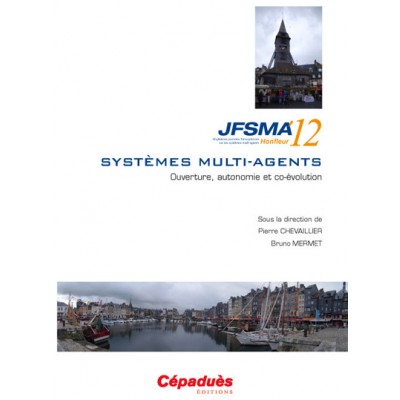Évaluation d'un modèle affectif pour la simulation multi-agents
La simulation de comportements émotionnels est un atout pour un système multi-agents cherchant
à simuler des comportements crédibles. La plupart des modèles computationnels traitant cet aspect incluent des catégories d'émotion au sein de leur architecture. Afin de pallier les difficultés liées au paramétrage de ces variables, le modèle multi-agents COR-E est doté d'une architecture ne manipulant pas de catégories d'émotion. Dans cet article, nous présentons une évaluation de ce modèle dans le contexte d'une file d'attente. Nous montrons que COR-E est capable de produire des comportements
émotionnels crédibles grâce aux propriétés de son architecture, telles que l'acquisition et la protection de ressources.
The simulation of emotional behaviours is an asset for a muli-agent system aiming at the simulation
of believable behaviors. Most computational models dealing with this subject include emotion categories in their architecture. In order to overcome the difficulties related to the parameterization of such variables, the multiagent model COR-E employs an architecture without emotion categories. In this paper, we present an evaluation of this model in a waiting line context. We show that COR-E can produce believable emotional behaviours thanks to the characteristics of its architecture, such as the acquisition and protection of resources.

